It is well-known that Sister Nivedita was an educationist by training. Even before she met Swami Vivekananda, Margaret E. Noble had earned a reputation in London as a promising intellectual and educationist. She had started experimenting with novel educational methods from 1892 onwards at the Kingsleygate School. In course of time, she became acquainted with Lady Ripon and Lady Isabel Margesson, who had formed a literary circle in London, which later came to be known as the Sesame Club, where writers such as Bernard Shaw and Thomas Huxley were regular speakers. Margaret soon became an active member of the Club. In fact, when Nivedita passed away later in India, The Times of London of 26 October 1911 wrote about her, “A trained teacher of exceptional gifts, she was one of a group of educationists who in the early nineties founded the Sesame Club.” 1
Undoubtedly, the ideas of the Swiss educational reformer Johann Heinrich Pestalozzi and his student, the German pedagogue, Friedrich Froebel, had shaped many of Margaret’s educational ideas in their formative stage and she based her own educational experiments on their ideas. However, after Margaret’s transformation into Nivedita in 1898, what added great depth and richness to her educational methods, was her assimilation of traditional Indian ideas and of course, ideas emanating from Swamiji’s close training. This produced the best possible synthesis, as would attest her writings on education in her mature phase in India.
In India, while we are debating education today, the scope of the debate is still limited to components like the curriculum and so on. Our discourse is still entangled on the surface and has not reached the core of the issue. What is more important to education than the curriculum is the methodology and the ultimate purpose of education. These two are related, as the end should determine the means. Sister Nivedita’s ideas related to this dimension of education are relevant in the contemporary scenario in India. This essay discusses some of these ideas.
Vivekananda had famously said, “Education is not the amount of information that is put into your brain and runs riot there, undigested, all your life. We must have life-building, man-making, character-making assimilation of ideas. If you have assimilated five ideas and made them your life and character, you have more education than any man who has got by heart a whole library…”2 When Nivedita spoke of education, she distinguished between three elements or stages (among which, the content of education—curriculum, subjects etc.—occupy the second stage and represent the most insignificant element when it comes to real education). According to her, the most significant of these three is the apprehension of that one idea that is to dominate and guide the direction of the rest of one’s life—the discovery of the purpose of life, which can never be self-centered.3 The other stages are merely a preparation for this. Only that person can be called truly educated, who has discovered for his/her life this great calling. She went to the extent of declaring, “A nation stands or falls in the long run by the number of such souls that she is capable of producing out of the rank and file of ordinary education.” 4
The first of the three stages she enumerates is next in importance. It is the stage of preparation to receive knowledge when it comes. She wrote, “…if we would obtain from a human mind the highest possible return, we must recognize in its education the stage of preparing it to learn, of training it to receive impressions, of developing it intensively, as it were, independently of the particular branch of knowledge through which this is done. Of the very existence of this phase of the educational process, many are unaware.” 5 In a different context, Vivekananda had said: “Everything lies in the preparation. How long does it take to strike a light? Only a second; but how long it takes to make the candle!” 6]
In other words, a prominent place in our educational thought should be given to the preparation of the instrument of cognition. When the instrument is well-made, it can acquire knowledge effectively on its own. Indian wisdom, however, does not have a simplistic idea of this instrument. One of the principal instruments of knowledge is of course the mind, but it is not the only instrument. The entire human apparatus is sophisticated, and there are various levels of cognition. It is in all likelihood for this reason that Nivedita cautioned, “Our conception of education must have a soul. It must form a unity. It must take note of the child as a whole, as heart as well as mind, will as well as mind and heart. Unless we train the feelings and the choice, our man is not educated.”7 Let us now examine each and every element one by one.
The mind is one of the most important factors in education. Whether it is for spiritual education or for secular education, our capacity for knowledge depends on the quality of our mind, in other words, on the capacity of the mind for concentration. Ancient Indian wisdom held that there can be no knowledge without concentration of the mind, because in reality, we are only discovering knowledge already existent in the mind, not learning anything new. Even if one is not willing to accept this position, one has to concede that not even any kind of basic learning is possible without a concentrated mind. By implication, the first thrust should be on the development of the faculty of concentration. Does our formal education system today have any room for that? We can discuss the methods, but have we even recognized the principle yet? Vivekananda had remarked, “To me the very essence of education is concentration of mind, not the collecting of facts. If I had to do my education over again, and had any voice in the matter, I would not study facts at all. I would develop the power of concentration and detachment, and then with a perfect instrument I could collect facts at will. Side by side, in the child, should be developed the power of concentration and detachment.” 8
The next factor is the heart, which governs feeling. It is equally an instrument of knowledge, because there are many things we know intuitively through the heart and not analytically through the mind. At the outset, we should define “feeling” as used in this context. Different people use the same word to denote different things and different words to denote the same thing, and this can lead to some degree of confusion. Feeling, in this context, is a sense of oneness with the other; it is an expansion of our narrow sense of the self to include the whole universe as an extension of ourselves. It is not any kind of sentimentalism, nor any kind of emotional reaction to anything—it exists by itself, without conditionality. Emotional reactions depend on a trigger and are mostly followed by other reactions—as the Bhagavad Gita 2.62 explained: constant contemplation of sense objects leads to attachment, which in turn leads to desire, and desire, when thwarted, leads to anger. In contrast, true love and compassion are not reactions to anything, they exist for their own sake.
Sister Nivedita accorded paramount importance to the development of the heart, that is, the capacity for feeling, “It is throughout the early years of education to remember that there is nothing so important as the training of the feelings. To feel nobly and to choose loftily and honestly is a thousand fold more important to the development of faculty than any other single aspect of the educational process. The lad in whom this power is really present and really dominant will always do the best thing possible under any given circumstances.”9 Nivedita lamented that very few parents and teachers during her time had given a thought to the importance of “this training of the heart”. But have we given it a thought even now? Are we even aware that such an element of education exists that merits our utmost attention? In ancient India, there were methods by which the mind was trained to concentrate, and the awakening of the heart was facilitated. What means do we have at our disposal today?
Furthermore, this faculty of feeling is required now ever more than before. Not only because we are losing our humanity day by day, but also because there is a connection between the development of this faculty in a child and the task of nation-building. If our education has to be truly nation-making, it has to emphasize on this faculty of feeling, for, as Nivedita pointed out, “national feeling is, above all, feeling for others.” 10
The last important component in this scheme of things is the ‘will’. Eventually, education is all about the capacity to make the right choice and to exercise the will to act according to that choice. Right choice is guided by dharma—never a choice for one’s self-interest, but a choice for the benefit of the collective. And any choice that stops at mere choosing is no choice at all. It requires an exercise of the will to act for that choice, because invariably there are obstacles in the face of duty. Exercise of will involves struggle; it is this struggle that makes for successful education. That is why, “At every step in the ascent of knowledge, the child’s own will must act. We must never carry the little one upwards and onwards; he must himself struggle to climb.” 11
The child has to grow, for the benefit of the jana-desha-dharma, and not the other way round. For, “…the desire to serve, the longing to better conditions, to advance our fellows, to lift the whole, is the real religion of the present day. Everything else is doctrine, opinion, theory.”12 Our educational methods should strive to develop the triad of the faculties of thinking, feeling and willing (mind, heart and will) to serve this purpose of human existence—the realization that we live for others. We need to think of ways in which our present education can be humanized along these lines. As Nivedita pointed out beautifully, “Humanity is mind, not body—soul, not flesh… To close against any the gates of the higher life is a sin far greater than that of murder, for it means responsibility for spiritual death, for inner bondage and the result is ruin unspeakable.” 13
End Notes:
- Cited in Pravrajika Atmaprana, Sister Nivedita of Ramakrishna-Vivekananda, Sister Nivedita Girls’ School, Calcutta, (1961) 1992, p. 295.
- The Complete Works of Swami Vivekananda, Advaita Ashrama, Kolkata, 1989, Vol. 3, p. 302.
- Sister Nivedita, Hints on National Education in India, Udbodhan, Kolkata, 1966, pp. 16-17.
- Ibid., p. 22.
- Ibid., p. 15.
- Complete Works of Swami Vivekananda, Vol. 2, p. 36.
- Hints on National Education, p. 24.
- Complete Works of Swami Vivekananda, Vol. 6, pp. 38-39.
- Hints on National Education, p. 25.
- Ibid., p. 30.
- Ibid., p. 24.
- Ibid., pp. 27-28.
- Ibid., p. 23.
Image Source: https://www.deccanherald.com/sites/dh/files/styles/article_detail/public/article_images/2017/10/29/639893.jpg?itok=y8biRlzc

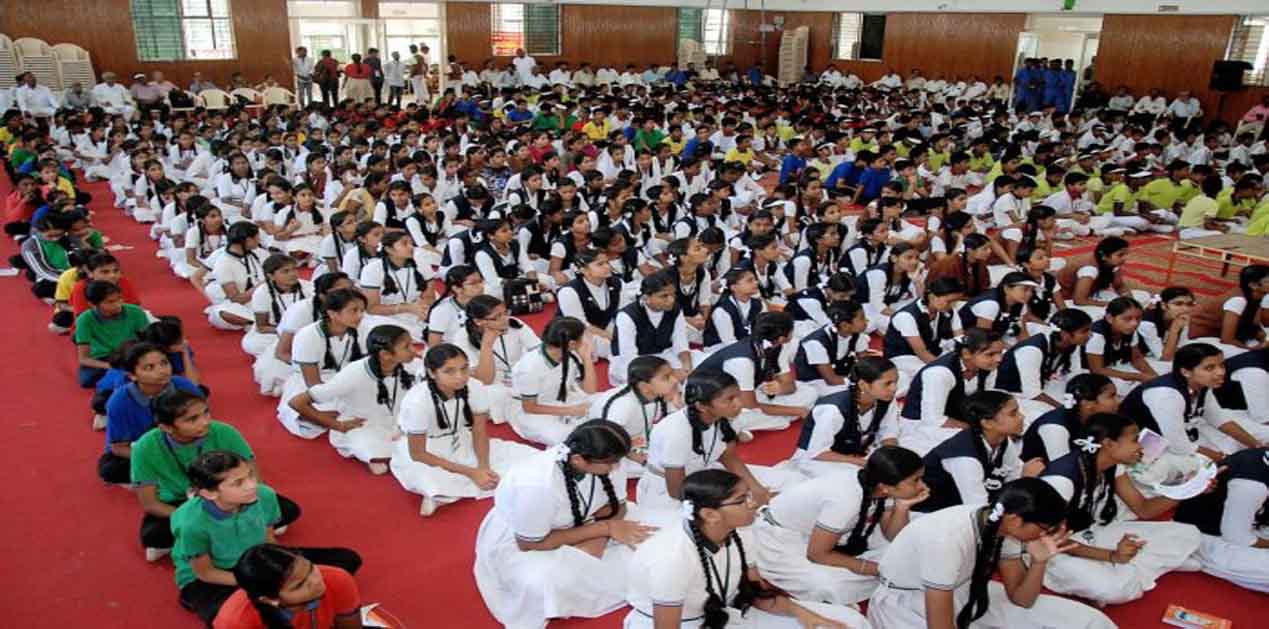
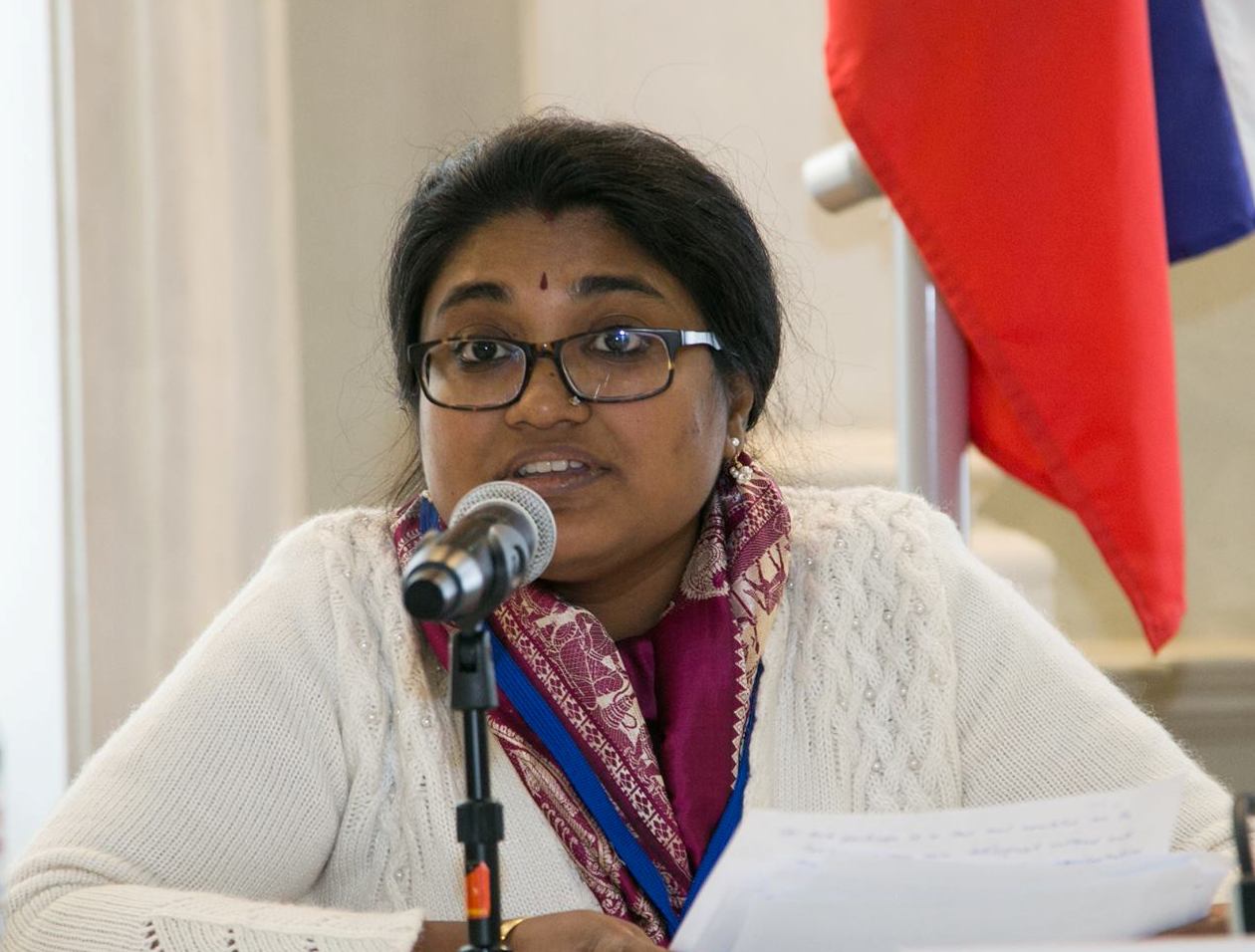
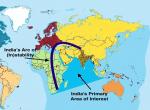

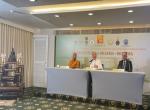
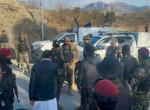

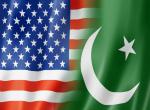


Post new comment